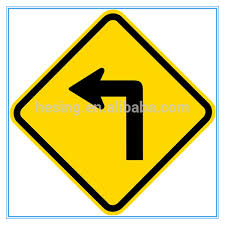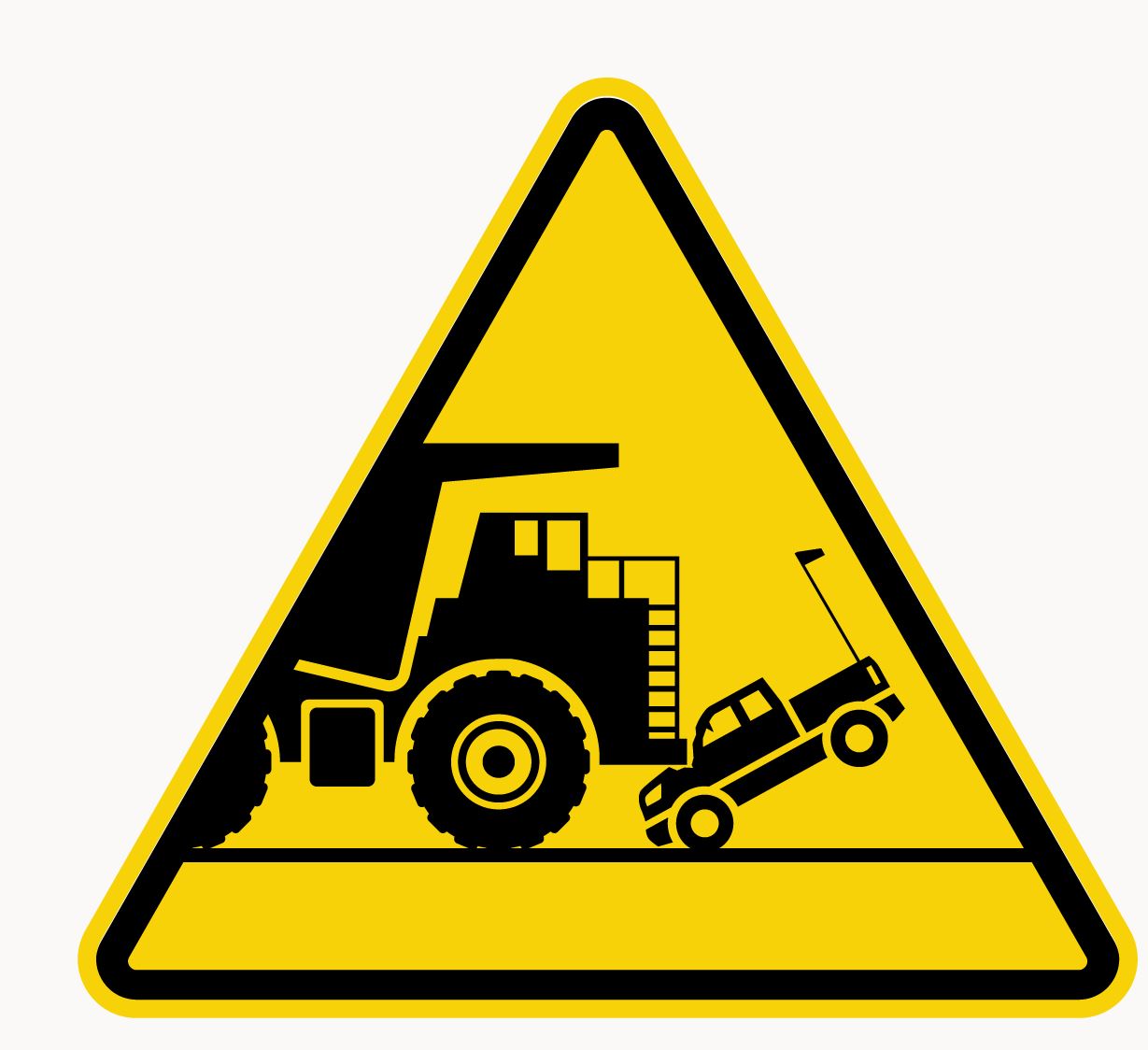Information
-
Select your Project
-
Critical Risk Inspection - Traffic Management Inspection
-
Conducted on
-
Inspection conducted by:
Critical Risk Inspection - Traffic Management Inspection
-
The hazard inspection must be conducted by a Supervisor and/or Safety and Health Representative and/or an employee, as follows:
1. For EVERY inspection requirement, indicate the item as Compliant (C), Non-Compliant (NC) or Not Applicable (N/A)
2. For every non-compliance identified, provide the location and a description in the comments section. Note: Include positive comments on section. Note: Include positive comments on compliance, not just negatives
3. Enter defects or non-compliances in the applicable site registers, i.e. electrical equipment defects must be entered into the Electrical Register
4. At inspection completion, discuss the non-conformances with the Area Superintendent and determine an action, completion date and responsible person - enter this in the agreed actions section of this form
5. Forward the completed inspection to the Safety Department
6. The Safety Department is to check that ALL identified non-conformances for that month have been corrected and or entered into INX.
Systems
-
Has a traffic management plan been established and is it audited annually?
-
Do personnel that are permitted to drive onsite hold a current driver’s license and is this documented?
-
Do personnel operating vehicles which have the potential to interact with heavy mobile equipment poses the relevant pit permit?
-
Are all pit permits documented on a register?
-
Are there processes in place for the communication of changes in traffic conditions?
-
Is there a schedule for the routine maintenance of vehicles on site?
-
Are all personnel on site trained in fatigue management?
Signage
-
Is there adequate signage displayed to advise personnel of the required pit permit level?
-
Are speed limits clearly signposted on the left hand side of the road?
-
Are signs clean and legible?
-
Are there signs to identify power line heights
-
Are exclusion zones adequately isolated and/or demarked where appropriate (such as blasting areas)?
Roadways and Traffic Control
-
Roadways and Traffic Control
Roadways and Traffic Control
-
Enter Roadway or Area Inspected
-
Are safe pedestrian routes clearly and consistently marked?
-
Are windrows in place between pedestrian routes running parallel to a road used by mobile plant?*
-
Is a clear zone free from hazards maintained on each side of the road?
-
Are high voltage installations and overhead power line corridors located, installed and identified to prevent inadvertent contact by mobile plant?
-
Are mine road surfaces provided with adequate drainage?*
-
While driving on site, observe whether a separation distance of at least 50 metres is maintained between all moving vehicles.
-
Observe whether positive radio contact has been made when light vehicles approach heavy or tracked mobile equipment within the mine OR when light vehicles perform overtaking manoeuvres.
-
Is there a minimum gap of 3 metres between all heavy equipment parked in the pit or in the go-line?
-
Is heavy equipment parked in the go-line segregated by the use of hard barriers?
-
Do all park-up areas have lighting installed to ensure adequate coverage of the area?
-
Are resources available and used for the suppression of dust on unsealed roads?
-
Has a maintenance program been established for material spillage clean up on roads?
-
Are vehicles in light vehicle car parks parked in reverse?
Light Vehicles
-
Audit four (4) light vehicles to ensure the following is in place:
-
Enter Light Vehicle Asset Number
-
Light vehicle is correctly parked in reverse?
-
The pre start book is being completed correctly.
-
First Aid Kits are within the expiry date.
-
Light Vehicle is clean inside and within normal standard for outside of vehicle
Sign Off
-
Person conducting inspection:












